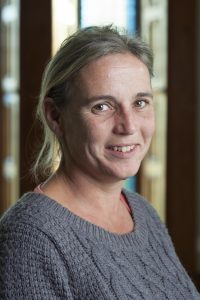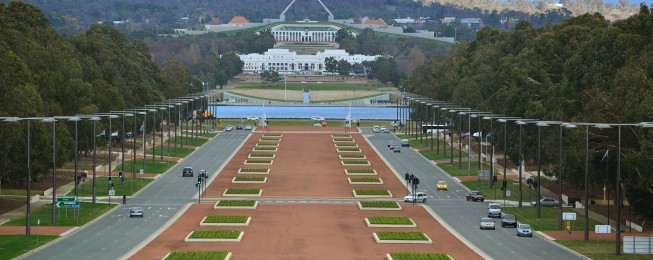
Postcard from Canberra
Helen Poulter, IGov Team, 12th February 2018
Last week I reported that the uptake of solar PV and storage was not completely due to the economic benefits that it can produce, but also to the idea of owning new technology. This idea – that Australians embrace new technology – was confirmed again this week, and although the FiT rate initially offered was extremely generous, it was also this willingness to try something new that led to the world-leading percentage of household ownership.
Being in Canberra there has to be a political angle. When the initial FiTs were introduced some of the state governments still owned and ran some of their state’s electricity infrastructure. This meant that each of the state governments earned money from the consumer, which then helped to run the state’s other public services. This article comments that the rate of return set by the Australian Energy Regulator (AER) for both private and public electricity services showed little difference. With less money being made as people became generators it can be seen why there was a backlash against the rise of solar ownership. The idea that gripped the press that those without solar were paying for those who did, not only meant electricity but also hospitals, transport and schools. This has now since changed somewhat with state ownership of assets being in the minority.
The overriding feeling one gets from those at the top of the ‘top down’ energy system model is that consumers need the grid, and their services, and there is no problem with the high penetration of DER ownership. However, there is also no sense that DER owners need to be given value for their contribution to decarbonisation. The networks however, and the Australian Energy Market Operator (AEMO), can see the value of these behind the meter generators for demand response and for reducing peaks, as well as for efficient use of the networks. The problem for the networks is that they are dealing with, in some cases, areas with 90% of solar PV feeding back into the grid. The networks understand the urgent need for changing their business model and are consulting on DSO models which would have a market platform and a market operator. The networks suggest that this move to an overall aggregator model will be needed for the National Electricity Market (NEM) for trials such as the Tesla/SA government Virtual Power Plant (VPP) trial and the South Australia Power Network (SAPN) VPP trial to succeed past the pilot stage. It is the success of these trials that will lead to all consumers seeing the benefits of not only decarbonisation, but also lower bills.
Related Posts
« Previous Global Insights: 6th February 2018 Global Insights: 13th February 2018 Next »







